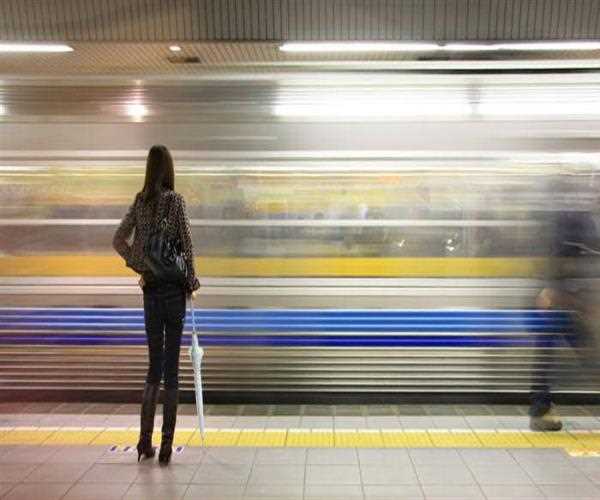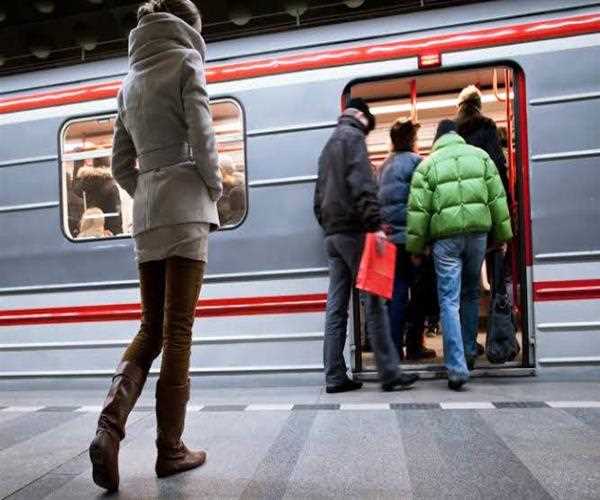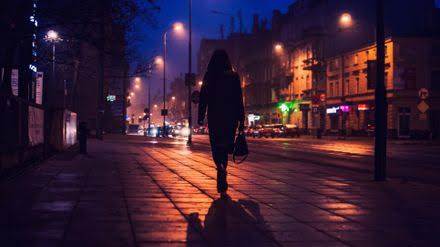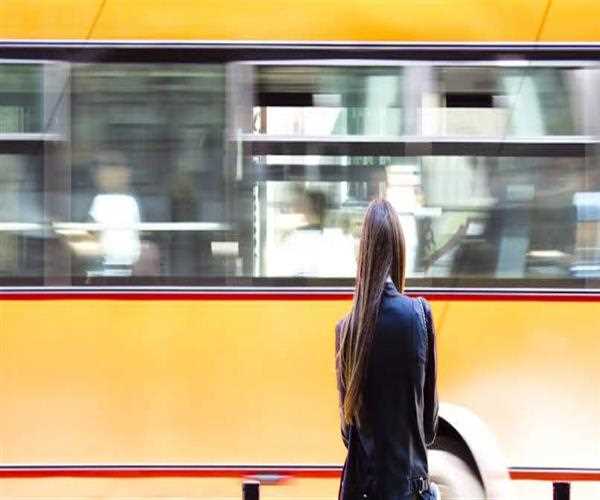Search here

16-Feb-2021
ARE WOMEN's SAFE IN PUBLIC TRANSPORT?
Public places and transportation should be a crucial priority so that women can fully contribute to the workforce without any concern of violence.
The finance minister’s emphasis on women operating across all sectors, and in night shifts with proper safety, is positive. But for this to function, a requirement is assuring their safe and endurable mobility in towns. Metropolitan planning must be evaluated retaining in mind the safety of women. For rural India, the challenges are distinct and further intimidating.

Due to impoverished planning in many urban cities, women don't have permits for safe or accessible transportation. The pandemic has further diminished economic reserves vacant for women and this must be factored into public transport planning.
In the beginning, the police, conveyance administrations, and civil community organizations have to co-operate to assist in assuring that women don’t encounter any kind of sexual or additional violence in a public conveyance. This is one justification why women are unwilling to use public transport, which decreases their potential to go and work. There are sufficient CCTV's in urban areas and towns, but that independently does not guarantee safety for women.
There has to be proper lighting in metropolitan cities as various women have to step up long distances from metro or bus stations to arrive home. Many urban areas occur to be under-lit or effectively patrolled after sunsets. Women should be encompassed in decision-making in metropolitan planning so that their interests are factored in when framing schedules.

In London, the public transport operator utilizes information technology, which has led to treatments to deal with women’s protection and easy mobility. Among the ideas yielded were fare deductions and step-free buses as women repeatedly integrate domestic duties with work and may have to hold up large packages, which obstruct their mobility.
Also, there must be conventional safety audits in urban areas and public conveyance systems through which administrations can formulate adequate manners to work out policies for safety.
A social business operating on data collection for protected cities, Safetipin, compiled data from 5 towns, named Bhopal, Delhi, Hyderabad, Kolkata, and Pune, which demonstrated that women manage not to venture out into public areas during the night. Some of the justifications illustrated were poor vision due to high-boundary fences and the absence of well-lit walking streets. Safetipin has also mapped security scores for public spaces to recognize ways in which safety for women can be enhanced.
There has been stood an earlier recommendation that towns must facilitate the existence of hawkers in public areas as this would confirm considerable street activities and, thus, enhance protection for women on the roads and on the way to their home.
Moreover, there must be actions by employers to deliver safe conveyance wherever feasible for women at reasonable rates. If regional administration bodies work with the cops, areas that are dangerous for women can be observed, and patrolling can be improved.

Social spaces and conveyance should be a crucial priority so that women can fully contribute to the workforce without any suspicion of violence. With financial distress due to the pandemic, there's getting on to be more burden than ever on women to participate to the family income. And this must be encouraged in every feasible way, starting with upgrading public infrastructure.
READ MORE: Women security in India - Lesser known facts

Senior Content Writer
I am a content writter !
Join Our Newsletter
Subscribe to our newsletter to receive emails about new views posts, releases and updates.
Copyright 2010 - 2025 MindStick Software Pvt. Ltd. All Rights Reserved Privacy Policy | Terms & Conditions | Cookie Policy